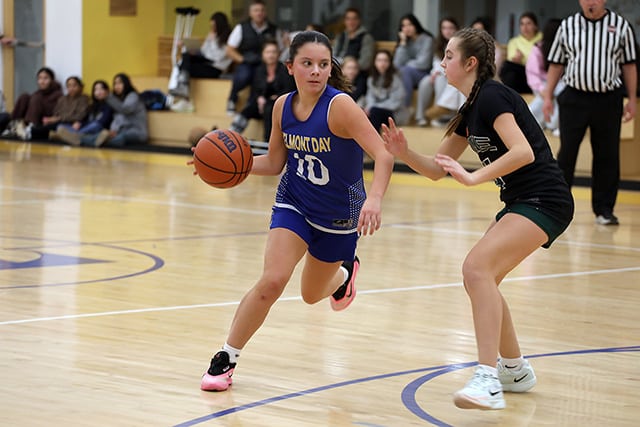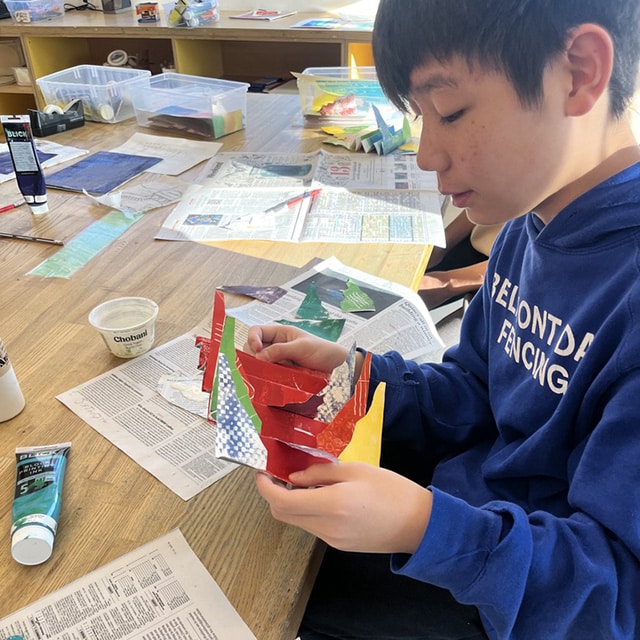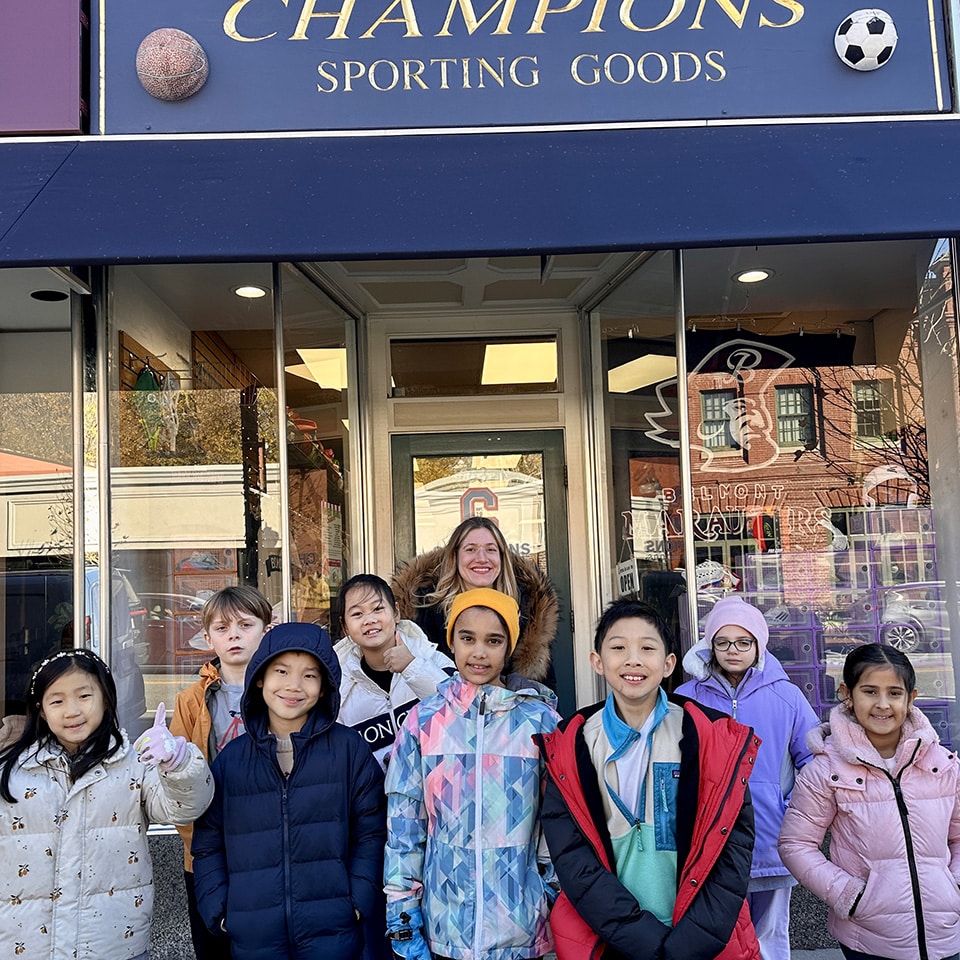Third Graders Learn About Animal Adaptations
Third graders in Ms. Twarog’s cohort have been learning how physical and behavioral adaptations help animals to survive. After exploring adaptations that help animals in particular ecosystems, students were tasked with creating their own animals. Each of their animals fit within an existing food web and were adapted to live within one of four major biomes. Some of the adaptations they needed to include for their animals were body coverings to survive in their biome, ways to help them get food, and the ability to defend themselves from predators.
In addition to creating a 3D model of their animal, they also presented their research and optional extensions such as a poster of their animal’s life cycle and models of their animals as an infant. This study and final project guided students to form a deeper appreciation for many different animal species and how they depend on their ecosystem, their physical structure, and their behaviors in order to survive.
– Leigh Twarog, grade 3 teacher
Fourth Grade Researchers Finds More Helpful Tools In the Tech
The research process in the fourth grade continues to grow and change as we respond to the new challenges brought on by teaching and learning during this unusual time. Students and teachers are finding new ways to use technology as an effective tool that has a positive impact on teaching and learning. Currently, fourth graders have completed the note-taking process and are writing rough drafts of their Egyptian research reports. Students who have completed their draft are working on a Google Slide presentation while waiting for teacher feedback on their writing.
The slide presentation will provide a visual when students present to their classmates at our Ancient Egyptian Symposium. Students often like to look at their rough draft while working on their slide presentation, and some tech-savvy fourth graders realized they could use the split-screen feature on their iPads to look at their report while they work on their slides. This keeps the fourth graders from having to toggle back and forth between two screens on their iPads, and for students, it is often the little things that can make being a student researcher a bit easier.
I have found Google Classroom isn’t just for remote learning, and it can be a useful teaching tool on-site as well. As you can see above, students are often in different places of the research process. This is natural because most people don’t work at exactly the same pace. Some students just finished note-taking while others have completed a rough draft. This can be a tricky spot as an educator who is trying to balance what a variety of students need. Google Classroom has proved useful in helping to solve this problem. Posting short video tutorials in Google Classroom allows students to get what they need when they need it. It also gives them an opportunity to hear directions more than once and go back to directions or examples if needed. While it will never take the place of all direct instruction, it does provide a much-needed flow for students when we are doing multi-step projects such as this one. It gives more time for one on one feedback and instruction, and it allows students to work at their own pace without feeling behind or having to remember directions they aren’t ready for yet. So while we look forward to masks and sneeze guards being a thing of the past, there are some new strategies and tools that we plan to keep around in the future.
– Lana Holman, grade 4 teacher



